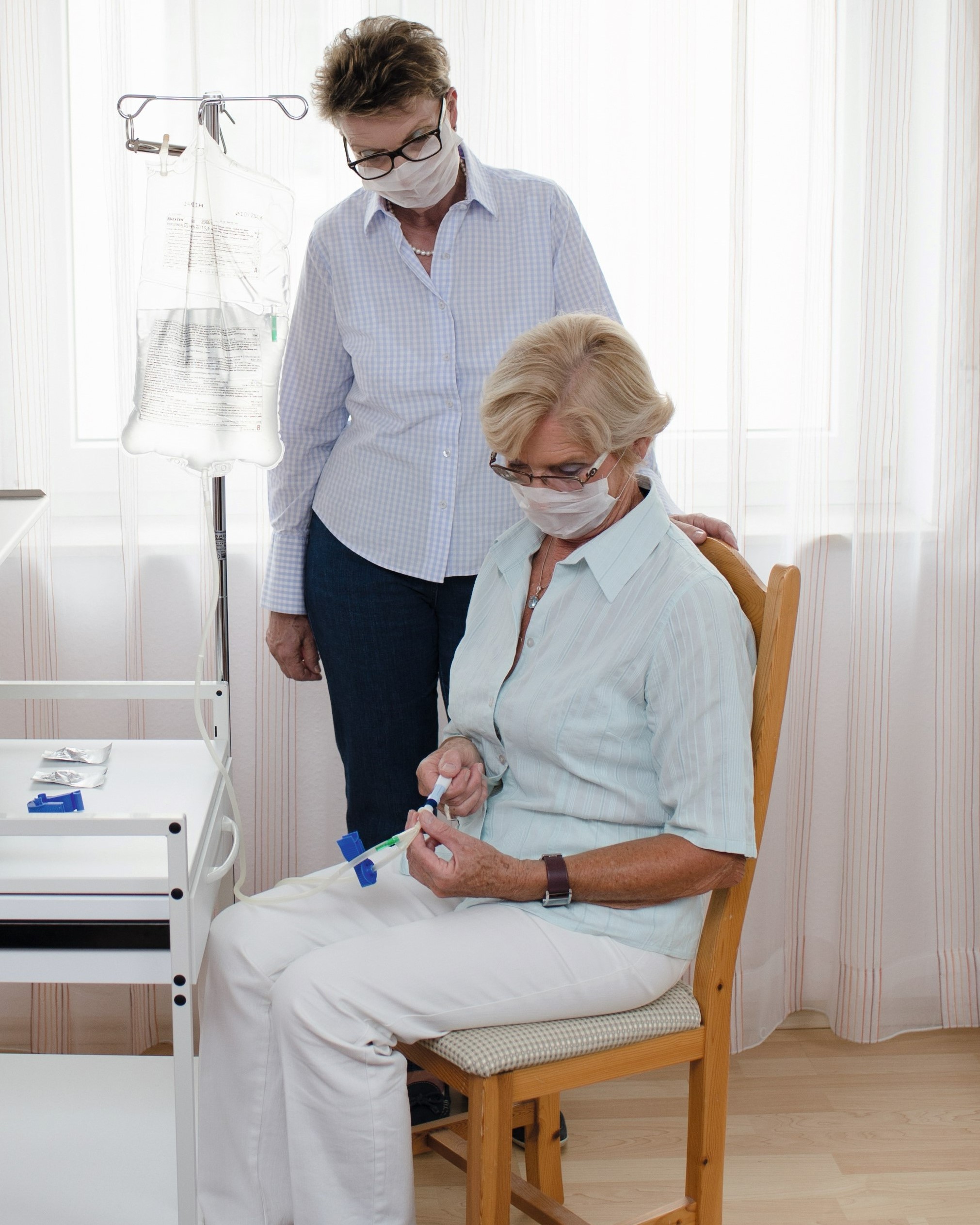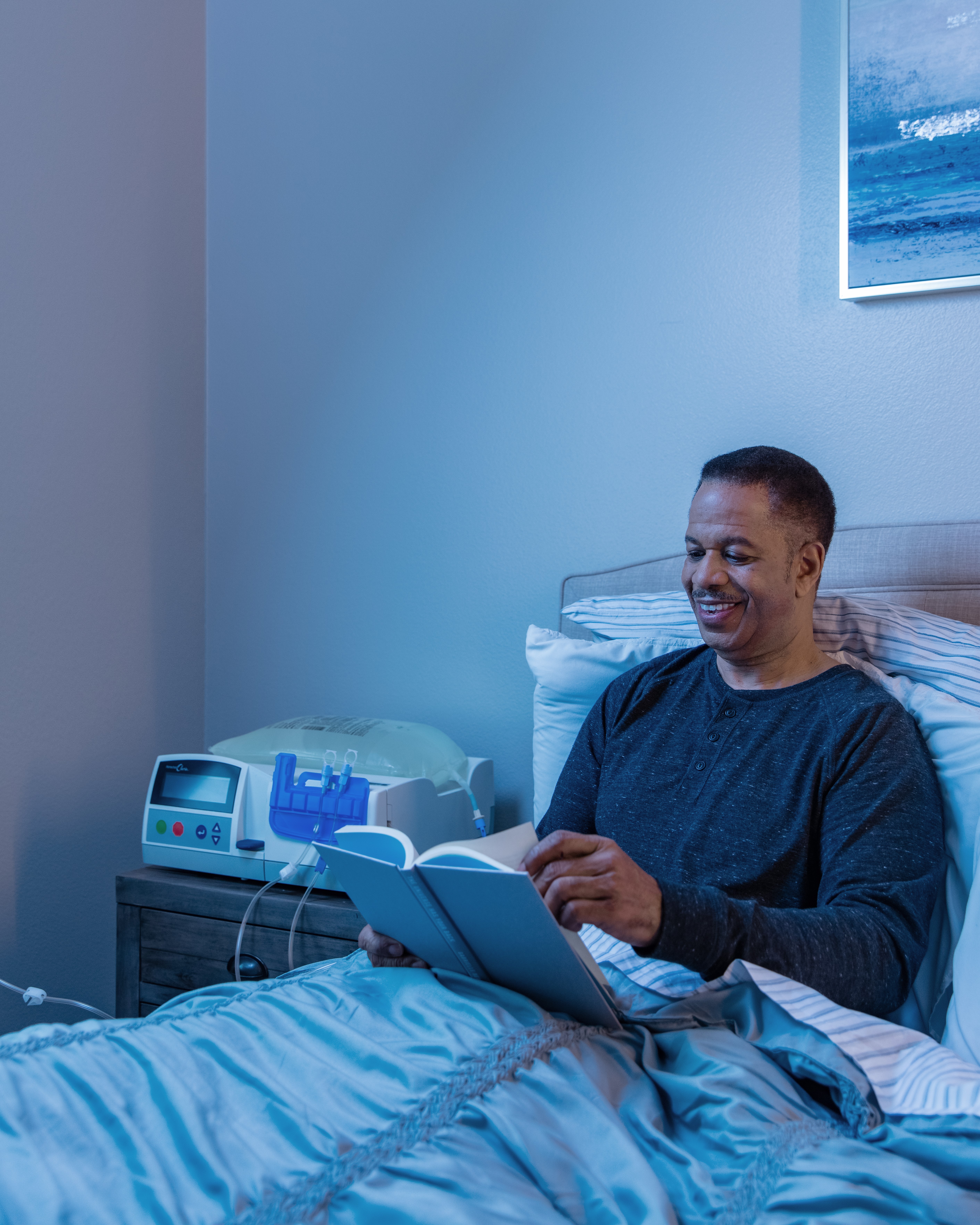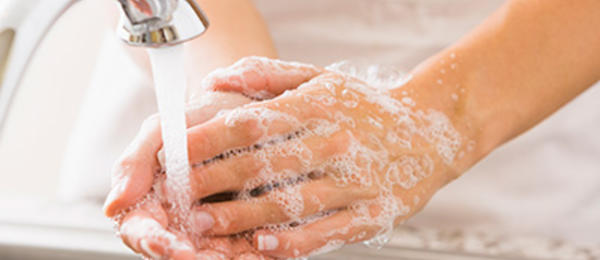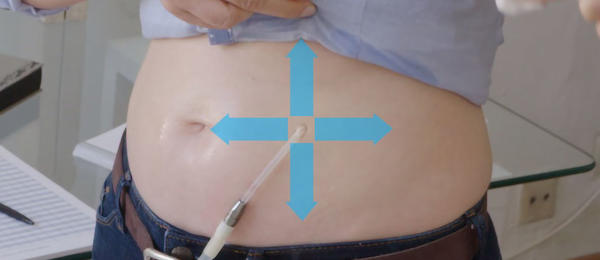Preparing for and doing your PD treatment

Continuous Ambulatory Peritoneal Dialysis (CAPD)
CAPD is a form of peritoneal dialysis (PD) that uses gravity, rather than a machine, to “exchange” your old dialysis solution for fresh solution. An "exchange" takes about 30 minutes. Your doctor flexibly adapts the schedule of your treatment, the type and amount of dialysis solutions as well as the dwell times to your needs.
The video shows the CAPD bag exchange in detail. However, it is not intended to replace patient training by trained PD specialists. If in doubt, follow the instructions of your physician or PD nurse.

Automated Peritoneal Dialysis (APD)
APD is a form of peritoneal dialysis (PD) that uses a machine called a cycler to perform dialysis exchanges. The cycler is programmed by your clinician to give you the dialysis treatment. Typically, an APD programme lasts between 8 and 10 hours, and is performed overnight.
The video shows the APD Cycler procedure. However, it is not intended to replace patient training by trained PD specialists. If in doubt, follow the instructions of your physician or PD nurse.

Importance of hand washing
Hand washing is the most important thing you can do to protect yourself from germs and keep yourself healthy. When preparing for your PD exchange or exit-site care, always remember to wash your hands.

Exit-site Care
With proper care of the catheter exit site, you support complication-free PD and avoid problems such as infection. In our training video, all steps for correct care are explained in detail. Repeat this training until the procedures have become second nature to you.

Understanding medications
Your kidney disease medications should be taken under the guidance of a doctor and nurse. Always take your medications as prescribed.

Helpful tips
If you need help with peritoneal dialysis, learn about how to troubleshoot dialysis and drainage solution-related issues and how to identify infections.
A clean environment is important
Germs can cause infections and are found on your skin and clothing. Antiseptic solutions can kill germs where regular soaps cannot. Carefully wash and dry your hands as instructed by your healthcare provider before handling your catheter to help protect it and your exit-site from germs.
What is sterile?
Sterile means completely free of germs.
It is important to keep germs from entering your peritoneal cavity. Safe connecting and disconnecting is done when you remember what parts of your supplies need to stay sterile. These supplies are packaged to keep them sterile and will need to stay sterile after the package is opened.
What is clean?
Clean means most of the germs have been removed, but not all.
Good hand washing and drying makes your hands clean, not sterile. Your work surface is clean, not sterile.
Aseptic technique
The aseptic technique is used to keep germs away from the sterile parts of your supplies and equipment. This will help keep germs from entering the peritoneal cavity and causing an infection (peritonitis).
Putting on a mask, washing and drying your hands thoroughly as trained and remembering not to touch the sterile parts of your supplies are important steps in aseptic technique.
What do I do if a sterile part is dropped, touched, or contaminated?
Throw it away and start with a new sterile supply.
If you touch or believe you have contaminated your transfer set, DO NOT USE IT.